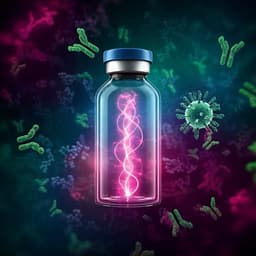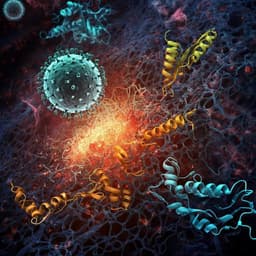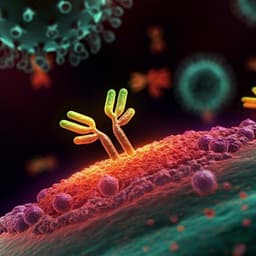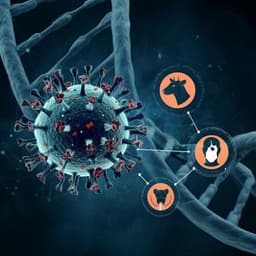
Medicine and Health
Pseudotyped Bat Coronavirus RaTG13 is efficiently neutralised by convalescent sera from SARS-CoV-2 infected patients
D. Cantoní, M. Mayora-neto, et al.
In a surprising revelation, researchers, including Diego Cantoní and Martin Mayora-Neto, discovered that antibodies from SARS-CoV-2 infection or vaccination neutralize RaTG13 more efficiently than SARS-CoV-2. Their work suggests that current vaccination strategies could potentially mitigate future RaTG13 spillover, raising important implications for public health.
Playback language: English
Related Publications
Explore these studies to deepen your understanding of the subject.







